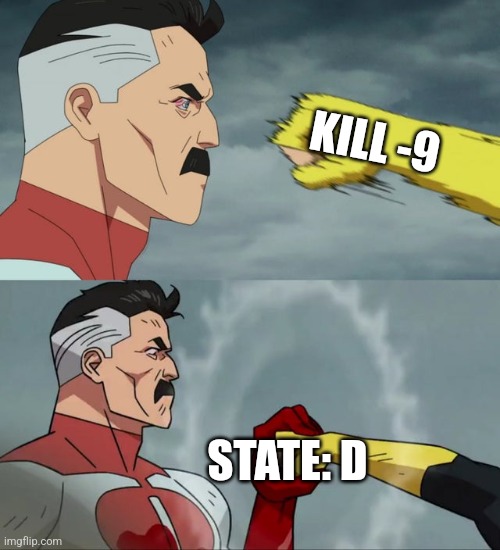~/dev/, with project/org subdirectories
- 0 Posts
- 11 Comments
Forgejo, a Gitea fork used by Codeberg. I chose it because it’s got the right balance of features to weight for my small use case, it has FOSS spirit, and it’s got a lovely package maintainer for FreeBSD that makes deployment and maintenance easy peasy (thanks Stefan <3).

 16·1 year ago
16·1 year agoIf you’re trying to have password auth be a second layer on top of key auth (requiring a password after connecting with your ssh key), you can add the following to your server’s sshd_conf:
AuthenticationMethods "publickey,password"
/dev/sda is the whole raw disk - you typically don’t want to directly interact with /dev/sda, unless you are partitioning or overwriting it. There are a few layers between that device and the files:
- raw disk - /dev/sda
- disk partition - /dev/sda1
- luks container - when unlocked, mapped to /dev/mapper/{name}
- ext4 filesystem inside the luks container, mounted somewhere like /mnt, /media, etc
You’ll need to find where that ext4 filesystem is mounted, and run the chown command on that. You can run
lsblkand see a tree of the above hierarchy, with the ext4 filesystem’s mountpount shown in the right-hand column.
https://grapheneos.org/faq#device-lifetime
You can buy a used Pixel 8 and it will be supported by Graphene through 2030 at the very earliest, probably the best support lifecycle you can possibly get on a phone.
Ctrl+r was a life-changer when I first learned it.
- Your user account on GrapheneOS is just a local user account
- GrapheneOS comes with its own camera, gallery, contacts, sms, phone, and file manager apps, a hardened fork of Chromium called Vanadium, and an app that lets you install sandboxed versions of google play services and google play store, if you so wish. Nothing else. You can install other apps using F-Droid, or by installing the google play store app.
- GrapheneOS does not have a “cloud”, aside from the web services it uses to check for and pull new updates. If you want to sync files somewhere, you can install whatever you want (Nextcloud, Google Drive, etc)
- F-Droid is a fine choice, and the google play store is as well, all depending on what your priorities are for your phone. I only use F-Droid and have no non-foss apps on my phone for privacy reasons, for example.
- Running your own Nextcloud server is a great learning exercise, but it’s a big commitment of time if you’re not already familiar with linux administration, and if you want it to be secure and accessible remotely that’s even harder. Don’t let that be an impediment to getting a secure phone though - you can always keep using Google Drive for now, and then learn how to set up Nextcloud or some such as you go along.
Good luck!
The only legitimate commands for a non-root shell are
sudo -i,exit, andecho "yee haw"

 1·2 years ago
1·2 years agoDNS is what you’re looking for. To keep it simple and in one place (your adguard instance), you can add local dns entries under Filters > DNS Rewrites in the format below:
192.xxx.x.47 plex.yourdomain.xyz 192.xxx.x.53 snapdrop.yourdomain.xyz




I actually have my whole home directory like that for that reason haha
bin - executables dev - development, git projects doc - documents etc - symlinks to all the local user configs med - pictures, music, videos mnt - usb/sd mountpoints nfs - nfs mountpoints smb - smb mountpoints src - external source code tmp - desktop